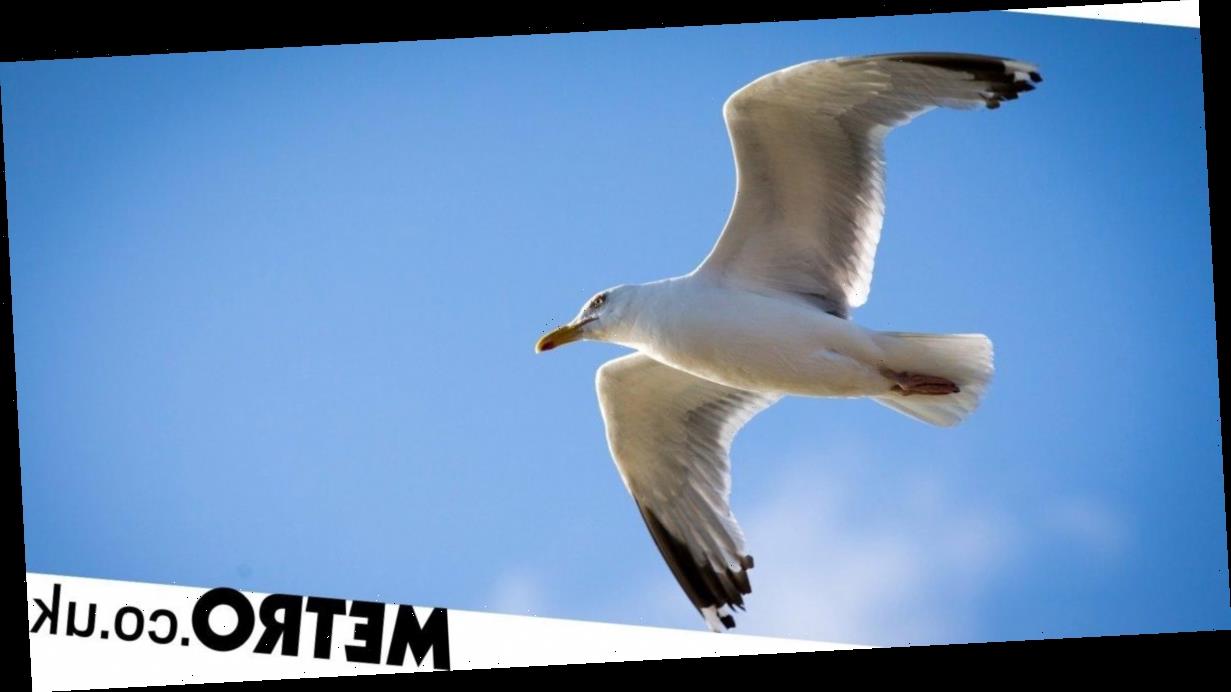Seagulls are known to snatch food from people, but new research suggests they favour a meal from the human hand that feeds them.
Herring gulls prefer food that has been handled by someone, according to a new study. When the birds were presented with two identical food items – one of which they had seen a human holding – they pecked more often at the handled food.
This suggests they use human actions when deciding what to eat, researchers said.
The University of Exeter study follows previous research which found that staring at seagulls makes them less likely to steal food. Senior author Dr Laura Kelley said: ‘Our findings suggest that gulls are more likely to approach food that they have seen people drop or put down, so they may associate areas where people are eating with an easy meal.
‘This highlights the importance of disposing of food waste properly, as inadvertently feeding gulls reinforces these associations.’
The researchers wanted to test whether the birds were simply attracted to the sight of food, or if people’s actions could draw their attention towards an item. They said their findings show that cues from humans may play an important part in the way gulls find food.
Lead author Madeleine Goumas, of the Centre for Ecology and Conservation at Exeter University’s Penryn Campus in Cornwall, said this could ‘partly explain why gulls have been successful in colonising urban areas’.
In the study, carried out in Cornish towns including Falmouth and Penzance, a researcher approached individual gulls and placed two buckets on the ground in front of them, each covering a wrapped flapjack.
The buckets were then removed, and the researcher picked up one of the flapjacks, handled it for 20 seconds, and then put it back down. In total 38 gulls were tested, with 24 pecking at one of the flapjacks and 19 of these (79%) choosing the one that had been handled.
Scientists also checked whether the birds were responding to human handling alone by repeating the experiment with two non-food items – sponges cut into the same size and shape as the flapjacks.
They said that this time the birds’ preference for the handled sponge did not exceed ‘chance levels’ – suggesting that handling draws their attention to food in particular.
In the study published in the Royal Society Open Science journal, Ms Goumas added: ‘Herring gulls have a generalist diet that typically includes fish and invertebrates, but they will also consume food found in landfill sites and household waste.
‘The effect of this shift in food quality and quantity away from more ‘natural’ sources is not yet clear. Herring gulls are quite adaptable and are likely to be moving into urban areas because of the resources available.
‘For example, there are lots of suitable nesting sites, and a ready supply of food.’
Source: Read Full Article

